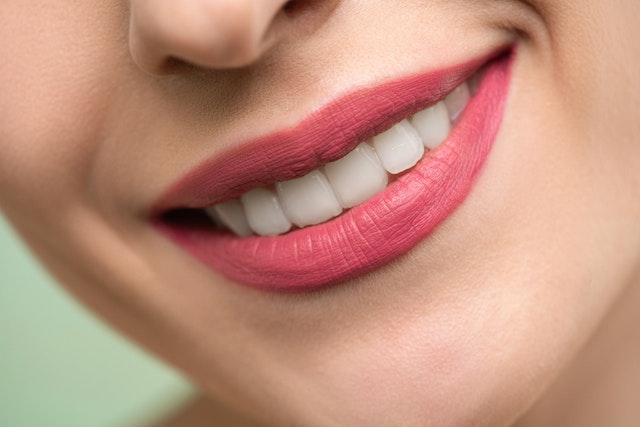Cosmetic and restorative dental care are often used interchangeably, but they do refer to different types of treatments. Cosmetic dentist in Glasgow focuses on the appearance of teeth, gums, and bites, while restorative dentistry focuses on restoring damaged or missing teeth.
Cosmetic dental treatments include teeth whitening, veneers, and orthodontics, while restorative dental treatments include fillings, crowns, and dental implants. Ultimately, cosmetic treatments are elective, restorative treatments are necessary for maintaining oral health.
The Grey Area: When Cosmetic and Restorative Dental Care Overlap
While there is a clear distinction between cosmetic and restorative dental care, the line between the two can often become blurred. For example, a dental crown may be considered a restorative treatment to repair a broken tooth, but it can also improve the appearance of the tooth. Similarly, dental implants not only restore missing teeth but can also improve the overall appearance of the smile.
This overlap can lead to confusion for patients who may not understand whether a particular treatment is necessary for their oral health or simply for cosmetic reasons.
The Importance of Proper Diagnosis and Treatment Planning

Proper diagnosis and treatment planning are crucial in navigating the grey area between cosmetic and restorative dental care. Dentists must accurately diagnose and communicate the necessary treatments to patients, taking into account both the functional and aesthetic aspects of the treatment.
It’s also important for patients to understand the potential benefits and risks of each treatment and to communicate their goals and concerns with their dentist. This can help ensure that the treatment plan aligns with the patient’s expectations and desires.
Treatment Examples

To illustrate the overlap between cosmetic and restorative dental care, let’s take a closer look at some treatment examples.
Dental Bonding: Dental bonding is a versatile cosmetic and restorative treatment that can repair chipped or broken teeth, close gaps between teeth, and improve the appearance of stained or discoloured teeth. Dental bonding involves applying a tooth-coloured UV-cured resin to the surface of the tooth, which is then sculpted and shaped to match the surrounding teeth.
Porcelain Veneers: are a popular cosmetic treatment that can transform the appearance of teeth by addressing a variety of aesthetic concerns, including staining, chipping, and misalignment. Veneers are thin layers of porcelain custom-made, fitting over the front surface of the teeth, creating a more uniform and aesthetically pleasing smile.
Dental Crowns: Dental crowns are a restorative treatment that can repair a damaged or decayed tooth by covering it with a cap or crown. Crowns can also improve the appearance of a tooth by correcting its shape, size, or colour. In some cases, a crown may be used in conjunction with a dental implant to replace a missing tooth.
Orthodontics: Braces, or clear aligners, are a restorative treatment that can correct a misaligned bite, improve chewing function, and prevent future dental problems. Orthodontic treatment can also improve the appearance of the smile by straightening crooked or crowded teeth.
Dental Implants: Dental implants are a restorative treatment that can replace missing teeth, by surgically placing a prosthetic tooth root in the jawbone, which is then topped with a dental crown or bridge. Dental implants not only restore the function of missing teeth but can also improve the appearance of the smile by filling gaps and creating a more even and natural-looking smile.
These examples demonstrate the complex interplay between cosmetic and restorative dental care and highlight the importance of proper diagnosis and treatment planning to achieve optimal results.



